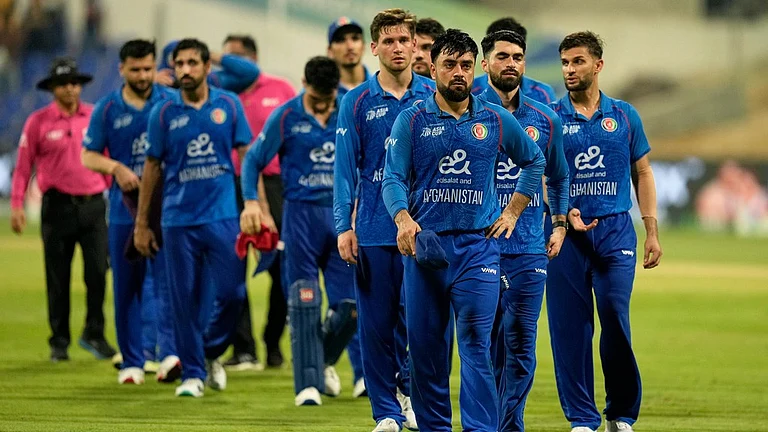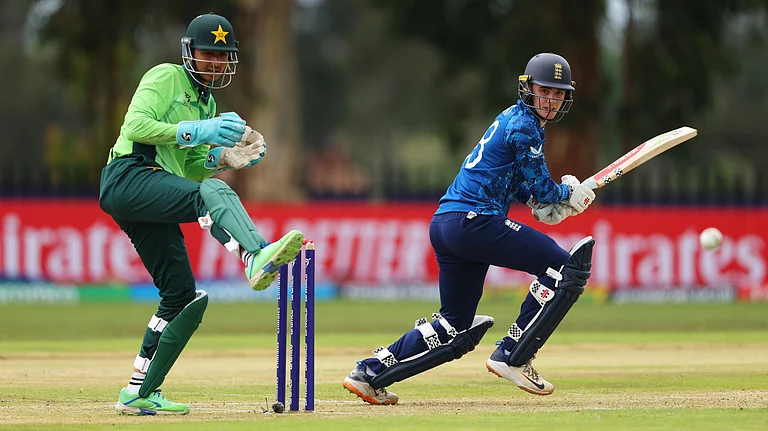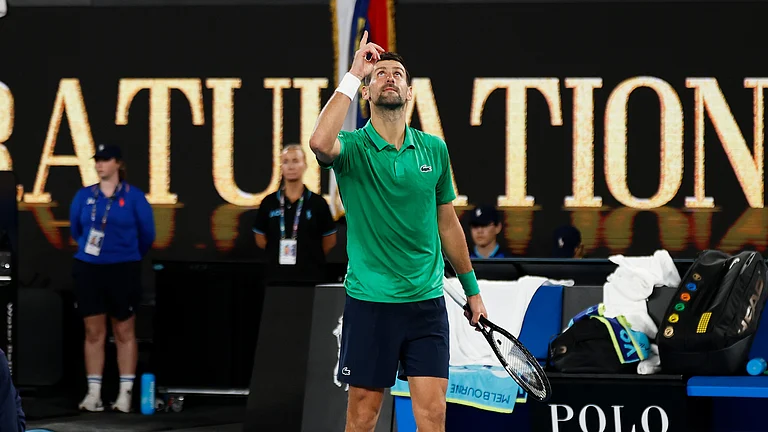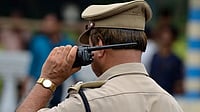“Deh siva bar mohe eh-hey subh karman te kabhu na taro
Na daro arr seo jab jaye laro nischey kar apni jit karo
Arr Sikh ho apne he mann ko, eh laalach hou gun tau ucharo
Jab aav ki audh nidan bane att he rann me tabh joojh maro"
These lines are from one of the most famous hymns by Guru Gobind Singh Ji, the 10th Sikh Guru who gave the mission to Khalsa Panth, to live with courage and bravery to the highest levels of righteousness.
Birth of a warrior
Today marks the birth anniversary of Guru Sahib who was born as “Guru Gobind Rai” in Patna, Bihar in 1666. He was the last guru in the form of a human in Sikhism. He was also a great warrior, poet and philosopher. He was the only son of Mata Gujri Ji and Guru Teg Bahadur Ji, the ninth guru of Sikhs.
At the age of 13, Gobind Rai was ordained as the next Guru and he came to be known as Guru Gobind Singh Ji. He spent 20 or so years of his life in Anandpur Sahib where he mastered physical skills and literary accomplishment. Guruji wrote several compositions such as Chandi di Var, Jaap Sahib, Akal Ustat and Sawayas during this period.
Guruji in his literary work preached love and equality and a strictly ethical and moral code of conduct. He taught thatworship one supreme god, he strongly disapproved of casteism and superstitions. In his writing, he said the sword was never meant as a symbol of aggression rather it is a symbol of self-respect and should only be used in self-defence as the last resort.
"When all other means have failed, it is but lawful to take to the sword,"
(Guru Gobind Singh Ji said this in Zafarnama)
Birth of Khalsa
In 1699, months before Vaisakhi, Guruji sent a message to all his followers saying that this year the festival will be a unique affair. He asked his followers to come with unshorn hair under their turbans and full beards, and the women to wear chunnis (dupattas).
On the occasion of Vaisakhi, thousands of devotees gathered at Anandpur Sahib. Guruji addressed the Sangat (devotees) with an inspiring speech about his divine mission of restoring faith and giving a new identity and path to the Sikh religion. After his speech, he flashed his unsheathed sword and said, “great things come with an equally great sacrifice.”
After this, he addressed the crowd and demanded, “My sword is hungry for a head.” This created a wave of fear among the Sangat but one person came forward and said I’m ready for the Guru’s ‘great sacrifice. Guruji took him inside a tent and came out a few minutes later, his sword was dripping with blood. He asked for another head and one by one four devotees offered their heads. Every time he would go inside the tent with one devotee, he came out with his sword dripping with fresh blood.
After some time, Guruji emerged from the tent with all the five men dressed in white and they performed a ceremony that changed the way that one became a Sikh. Guruji now initiated the five into a new and unique order of Sikhs. The ceremony was called pahul, what Sikhs today is known as the baptism ceremony or Amrit Shakna.
Guru Gobind Singh then recited a line which has been the rallying cry of the Khalsa since then: 'Waheguru Ji ka Khalsa, Waheguru Ji Ki Fateh' - (Khalsa belongs to God; victory belongs to God).
Guruji joined the Khalsa Panth after his Sikhs by kneeling before them and asked them to in turn initiate him as a member, on an equal footing with them in the Khalsa, thus becoming the sixth member of the new order.
The Guru gave the surname of Singh (Lion) to every Sikh and also took the name for himself. From Guru Gobind Rai he became Guru Gobind Singh. He also pronounced that all Sikh women personify royalty, and gave them the surname Kaur (Princess). He also offered five emblems of purity and courage. These symbols, worn by all baptised Sikhs of both sexes, are popularly known today as Five Ks: Kesh, unshorn hair; Kangha, the wooden comb; Karra, the iron bracelet; Kirpan, the sword; and Kachera, the underwear. By being identifiable, no Sikh could ever hide behind cowardice again.
"The Khalsa is my own image. I shall always manifest myself in the Khalsa.
The Khalsa is my body and soul; The Khalsa is the life of my life.
The Khalsa is my perfect leader. The Khalsa is my brave friend.
I say nothing untrue and to this; Guru Nanak, united with God, is my witness."
With the establishment of Khalsa panth Gurujii gave Sikhism a new identity and purpose.


























